If you have suffered from acne at one time or another, you are not alone; the condition just happens to top the list of the most common skin conditions out there. Also known as acne vulgaris, acne is most common in the teenage years, the stage when people undergo various hormonal changes.
That said, acne can affect people of all ages, races and skin types. On the brighter side, acne is treatable and, with the right treatment, your skin should go back to its normal smooth and blemish-free self. Key in the choice of acne treatment is the active ingredient(s) in your formula. If you don’t get this right, you may end up not getting the desired results, or, worse still, aggravating the condition even more.
It is with this in mind that we have rounded up a list of 13 most common and effective acne-fighting ingredients that should be in your skincare products.
What is Acne
Acne develops when hair follicles get clogged due to the accumulation of dead skin cells, skin oil (sebum), and dirt. The condition affects areas of the skin with higher numbers of sebum-producing glands which include your face, parts of your chest, and your back.
Acne manifests in different forms; it could be the occasional pimples (mild), inflamed papules (moderate), or nodules and cysts (severe).
While acne is non-life threatening, it can spread and even give way to other infections if left untreated. Once the inflammations burst, the pus deposited can act as a breeding ground for bacteria, a situation that further compromises the integrity of your skin.
The Most Effective Acne-Fighting Ingredients
Typically, for acne, you will be advised to use medicated creams or serums on the affected area of skin. These are ointments specially formulated with ingredients capable of reducing inflammation, killing acne-causing bacteria, unclogging pores, exfoliating old and dead skin, and decreasing sebum production.
So, which ingredients should acne-prone sufferers look for in their skincare products? Have a look below.
Benzoyl Peroxide
Benzoyl peroxide for acne comes as both an over-the-counter and prescription medication. As an active ingredient in your skincare products, benzoyl peroxide kills the bacteria responsible for acne breakouts. It comes in strengths of 2.5-10% formulated into creams, gels, lotions, cleansers, and spot treatments.
The ingredient removes excess oil from the skin and exfoliates dead and old skin. It also has anti-inflammatory properties, making it the best agent to deal with pimples. Benzoyl peroxide works on both mild and moderate acne and is especially recommended for resilient skin.
Very important also is the effective patching up of your skin after trauma such as that caused by squeezing out zits. This is done by attracting wound healing agents, better known as white blood cells, to the injured area. Not only does this speed up the healing of acne-damaged skin, but it also helps in preventing subsequent infections.
Salicylic Acid
For acne-prone people who are allergic to benzoyl peroxide, the next best thing is salicylic acid. This is a phenolic acid used in the treatment of various skin conditions including warts. The acid is a mild exfoliant, hence it works as an effective chemical peel.
Salicylic acid also works on acne by accelerating cell turnover. As such, it decreases the chances of your pores clogging or getting infected. For your skincare products, a 2.5% concentration of the acid will keep acne away.
Expert Tip: The acid is less irritating compared to benzoyl peroxide and as such is recommended for first time acne sufferers- such as teens. It’s also less drying, making it an effective remedy for dry skin. However, if yours is a resilient skin, going for a product with both ingredients can prove even more efficacious.
Tea-Tree Oil
If yours is a natural skincare routine, tea-tree oil will do as an acne-fighting ingredient. It comes with antibacterial and anti-inflammatory properties which are essential in fighting acne. 5% tea tree oil has actually been found to be as effective as 5% benzoyl peroxide, making it one of the most effective natural remedies for acne.
Tea-Tree oil is also clinically proven to decrease sebum production. It also helps to fight fungal infections, soothe sores, and even fight body odor.
The oil can be used in its pure form but only if you have resilient skin. However, for sensitive skin, mix it with a carrier oil to avoid over-drying your skin. Also, always use tea tree oil with a moisturizer.
Retinoids
Topical retinoids are some of the most popular treatments recommended for all forms of acne, from mild to severe cases. When applied to the skin, retinoids reduce inflammation and production of skin oil. Common forms of OTC retinoids include tretinoin, a mild ingredient which is well-tolerated by most people.
Retinoids are derived from vitamin A and do more for your skin than getting rid of acne. Using lotions, gels and creams formulated with retinoids will smooth fine lines, reduce wrinkles, and treat photoaged skin.
That said, retinoids can irritate your skin, so go for low concentrations such as 0.025% tretinoin, and then increase the concentration and frequency of use as your skin gets accustomed to the ingredient.
Azelaic Acid
Azelaic acid is used in the treatment of moderate acne and other skin conditions such as rosacea. It usually comes in gels and creams in typical concentrations of 10-20%. It works by reducing inflammation and the production of keratin, a substance involved in the growth of acne-causing bacteria.
Azelaic acid is also recommended for fading scars left behind by healing acne. To treat post-inflammatory hyperpigmentation spots, the acid reduces the production of melanin by inhibiting the actions of the enzyme tyrosinase. Its depigmenting property is especially recommended for dark-skinned acne-prone sufferers.
Niacinamide
Niacinamide, also known as nicotinic acid or vitamin B3, is an effective anti-inflammatory agent. It helps in skin repair, improving skin texture and increasing skin hydration. The vitamin is said to be a cell-communicating agent, meaning that it prompts the skin to rejuvenate itself in getting rid of blemishes.
As such, it’s used to reduce acne flare-ups as well as lightening any hyperpigmentation. Including niacinamide in your skincare will also help in reducing skin oil production, essentially reducing the chances of acne development. Lastly, the vitamin also helps in keeping your skin younger by stimulating the production of collagen-the major structural component of skin.
Aloe Vera
Aloe vera plant is said to be mother nature’s answer to many of your skin problems. Among such is acne, thanks to the plant’s antibacterial properties. When used topically the gel within the succulent leaves also helps in soothing and hydrating your skin
Aloe vera gel also comes with antioxidants which neutralize damaging free radicals on your skin. The ingredient is well tolerated by most people and is not known to cause severe side effects- even with long term use. You will find it in herbal and natural skincare products.
To get full benefits from the plant, you can use the gel as a spot treatment for acne. Additionally, aloe vera contains an active ingredient aloesin, a tyrosinase inhibitor. When used consistently, aloe vera gel will leave your skin lighter and evenly toned, making it a good remedy for acne scars and dark spots.
Sulfur
Sulfur is effective in treating acne due to its keratolytic and antimicrobial properties. The non-metallic element eliminates bacteria on the skin and helps in sloughing off dead skin cells. As a deep cleanser, sulfur is found in most acne-fighting products including soaps, gels, ointments, masks, and creams.
Sulfur is usually used in combination with other ingredients, mainly benzoyl peroxide and salicylic acid. For OTC products, it comes in a 5% concentration, while in prescription ointments, the concentration can be as high as 10%.
Sulfur is, however, known to dry out the skin excessively. When this happens, your skin overcompensates by producing more sebum which can be counterproductive to your efforts. So, the best approach is to use sulfur-based products as spot treatments.
Glycolic Acid
Glycolic acid, also known as hydroacetic acid, falls in the category of alpha-hydroxy acids used in skincare products. It is used as a chemical peel due to its ability to penetrate deep into the skin. It reacts with loose and dead epidermal cells, sloughing them off the skin for a smooth and blemish-free appearance.
The end results in the reduction of acne, improved appearance of acne scars and an evener skin tone. The acid also unclogs pores and helps other products to be absorbed better into the skin. Spa and derma peels can contain 50% glycolic acid while OTC products should have a much lower concentration- 1-30%.
Hyaluronic Acid
Hyaluronic acid is naturally produced by the body but, with age, its level decreases. Why should that worry you? The acid helps to fight off acne by keeping your skin hydrated, supporting it against inflammation and giving it a protective barrier from irritants.
As an ingredient, the acid can be represented by several names including sodium hyaluronate, hyaluronan, HA and Hylan. The acid can be found in moisturizers, creams, and masks. Its mixes and interacts well with mosts skincare ingredients, hence it’s one of the most common components in cosmeceuticals.
Hyaluronic acid is well tolerated by most people and is not linked to adverse side effects. That said, it’s recommended that you use products with not more than 1% concentration of the acid.
Argan Oil
Argan oil is among the best natural ingredients for clearing acne. It is extracted from the nuts of the argan plant, a flowering plant native to Morocco and Algeria. The oil is laden with vitamin E and fatty acids that help in hydrating the skin and treating acne.
Argan oil works by regulating sebum production, speeding up cell regeneration, and reducing oxidative damage from free radicals. Applying it on damaged skin also helps in reducing itchiness and flakiness.
As a natural ingredient, the oil is well tolerated by all skin types, including sensitive and dry skin. Having said that, when using 100% pure argan oil, always start with a patch test to rule out allergies and increased sensitivity. For best results, use the oil twice daily in the AM and PM, consistently for at least 21 days.
Clay
Clay, the ‘glorified dirt’ used in pottery, is another natural ingredient with acne-fighting properties. It helps in reducing skin oil production as well as providing a soothing effect on sore skin. Clay may, however, not make it on the list of ingredients of lotions, creams, and gels, but it can be found in masks.
For acne-prone skin, there are several types of clay that you can try including:
- Kaolin
- Fuller’s Earth
- French Green
- Bentonite
- Rhassoul
These masks work by absorbing toxins, bacteria, and excess oil from the skin. Clay also contains minerals such as magnesium, silica, and dolomite which nourish the skin.
The regimen includes mixing at least 2 spoons of the clay with 1 spoon of water to make a fine paste. Apply the paste on the affected skin to form a thin film. Let the mask dry before washing off with lukewarm water. You can also add a few drops of honey into the paste for natural hydration.
Witch Hazel
Witch hazel, also known as winter bloom, is a flowering shrub native to some parts of North America and Asia. Extracts from its leaves and barks are utilized in treating various skin conditions. The ingredient is astringent, meaning it causes contraction of cells, making it perfect for getting rid of acne.
The active ingredient behind the treatment is tannin, an effective astringent biomolecule. Once applied on acne-prone skin, it temporarily reduces the size of your pores- decreasing the production of skin oil. The ingredient also has anti-inflammatory properties as evidenced by several studies.
Witch hazel has also been found to get rid of acne-causing bacteria and reducing cell damage associated with skin aging. The extract can be used on its own or be mixed with a carrier oil for those with overly sensitive skin.
The Take-Away
Acne is the most common skin condition and one which can greatly compromise your skin’s integrity. With so many available acne treatments, getting the right one requires careful scrutiny of the active ingredients. The above ingredients are not only readily available but are also proven to produce great results. Nevertheless, their effectiveness may depend on your skin type and the severity of your condition, calling on you to choose the ingredients best suited for your unique needs.
Lastly, don’t wait until its too late to start treating acne. Besides making the situation worse, you might find yourself dealing with more acne-related problems in the future, such as hyperpigmentation and deep acne scars.

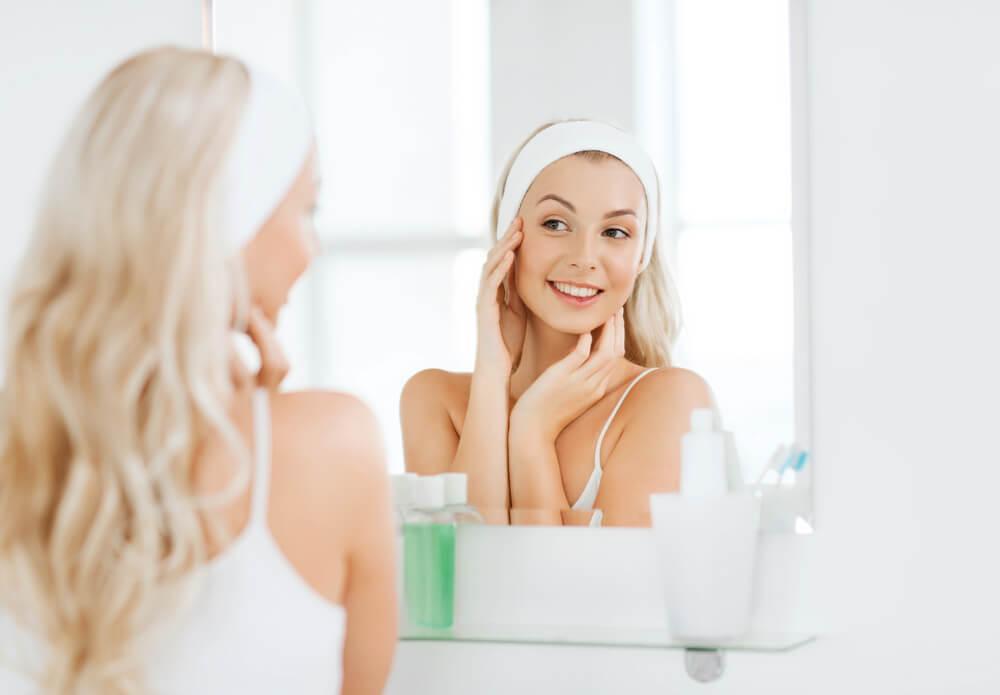
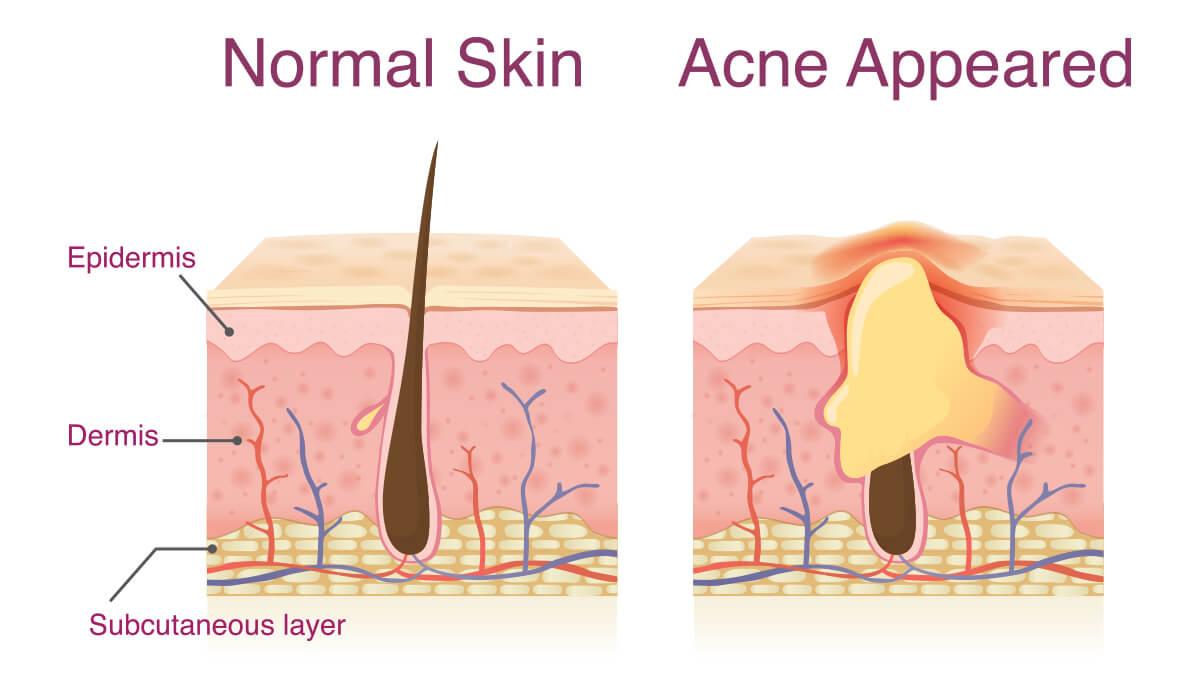
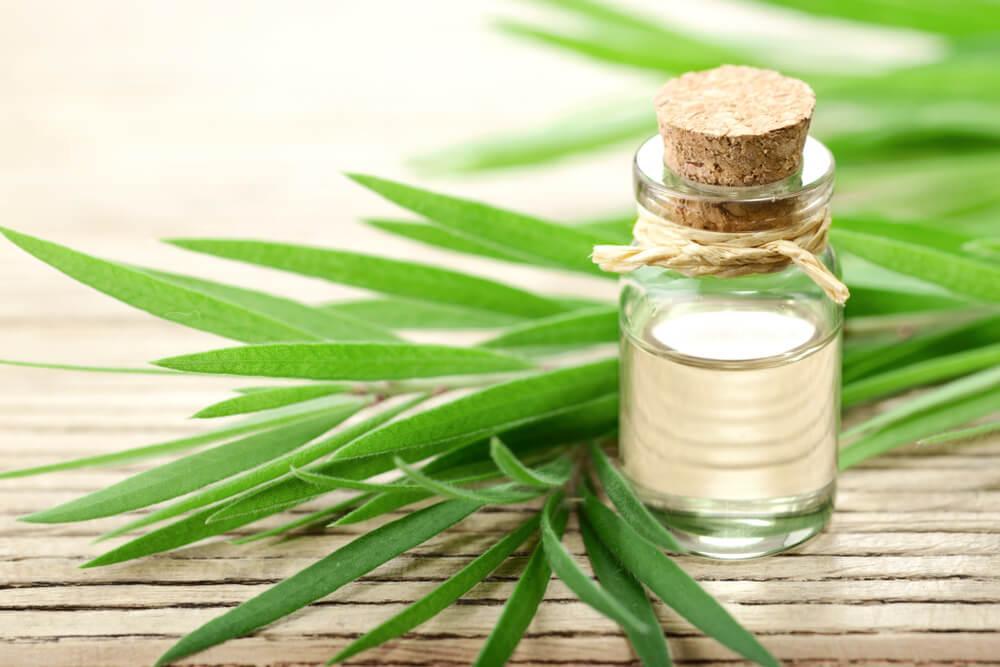
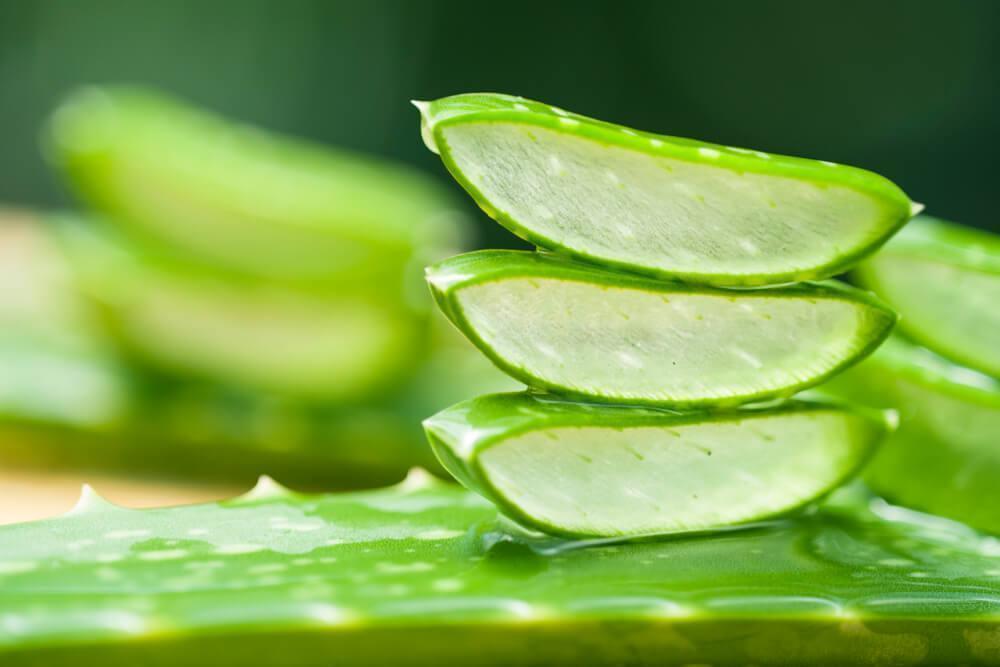
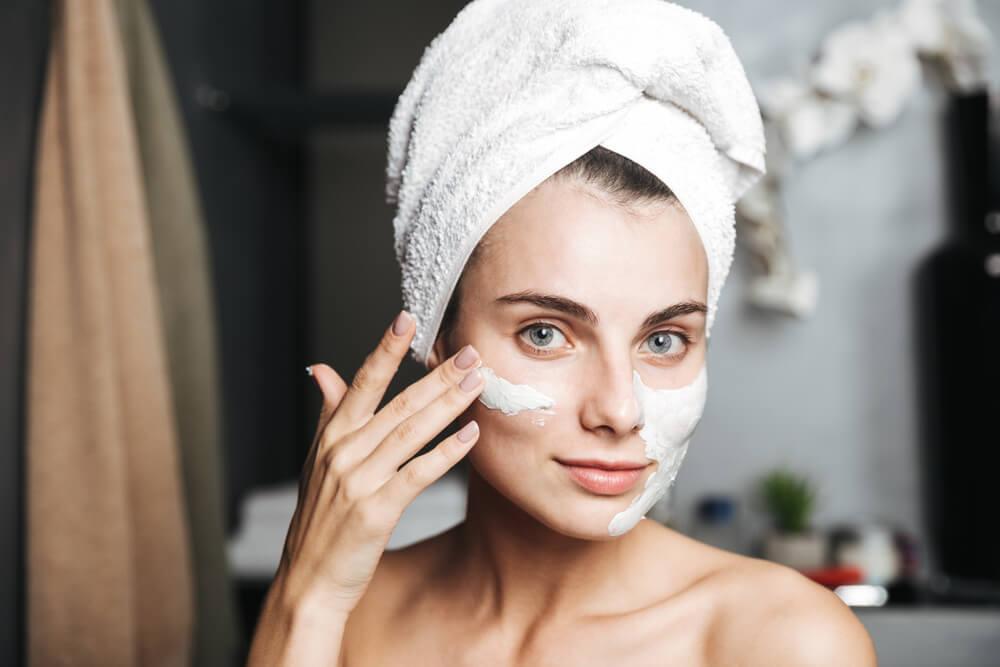
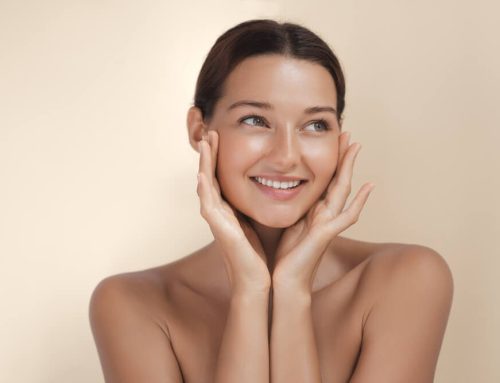



Leave A Comment